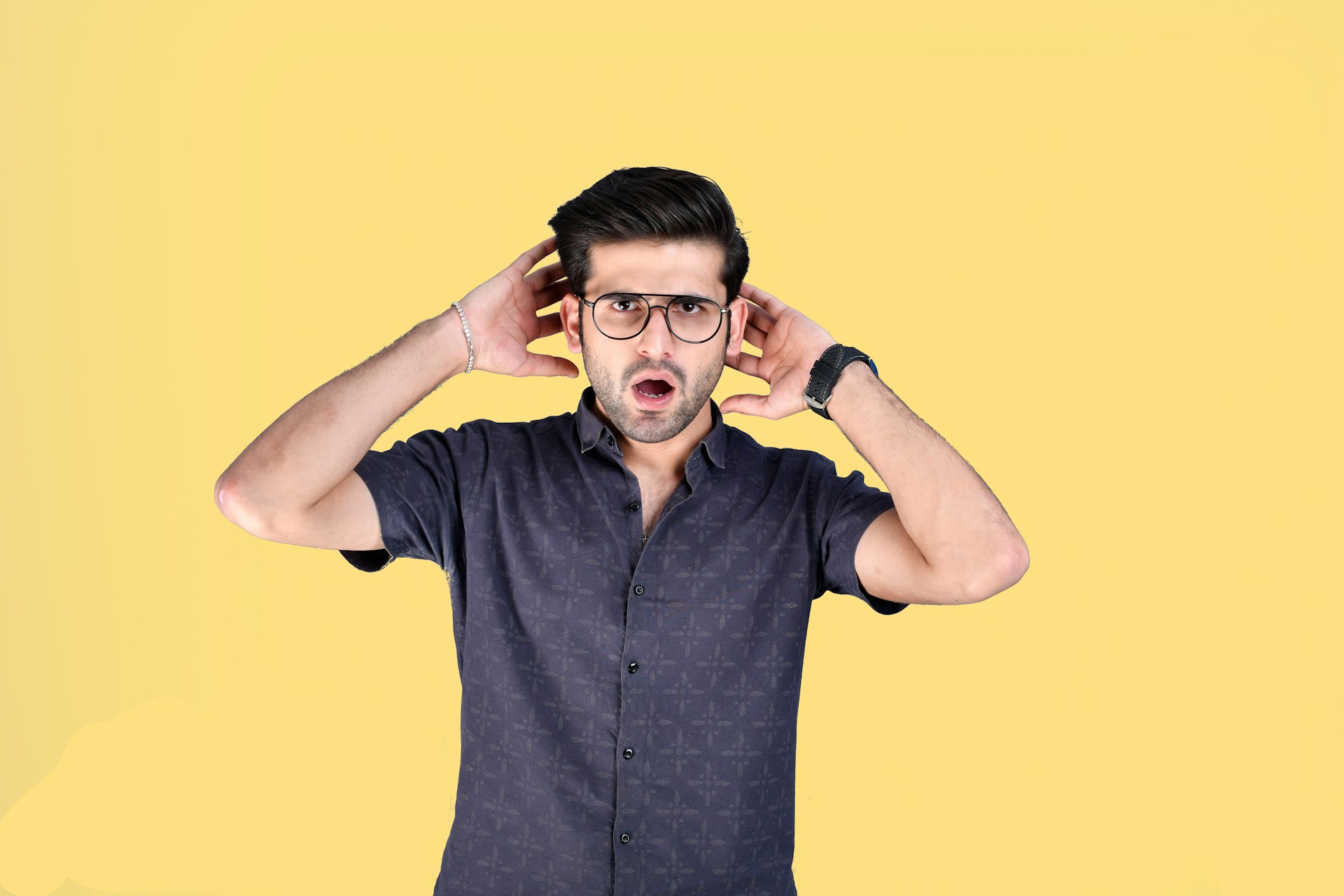Many of us think little about balance until it starts to fail us. Whether it’s feeling unsteady when standing up or experiencing dizziness, balance issues can be unsettling. They might seem like something to brush off or blame on a temporary moment of clumsiness. However, paying closer attention to these signs can reveal important clues about the inner ear’s health. This often-overlooked part of our body works like a finely-tuned orchestra conductor, maintaining harmony to keep your world steady and headache-free.
Your inner ear isn’t just about hearing; it plays a big role in keeping you balanced. It detects movement and changes in position, sending signals to your brain to help you stay upright. If you’ve begun to notice balance problems, it might be your inner ear trying to tell you something’s not quite right. Understanding what these issues could mean for your inner ear health is the first step in finding a path back to feeling stable and secure on your feet.
Understanding The Inner Ear
The inner ear is a small but complex structure housing several critical components. It includes the cochlea, which is responsible for hearing, and the vestibular system, which looks after balance. To picture how it fits in: imagine a tiny labyrinth inside your ear filled with fluid and hair cells. These parts work together to keep you aware of your body’s orientation and movement.
– The inner ear consists of:
– The Cochlea: Spiral-shaped and essential for hearing.
– The Vestibular System: Comprises three semicircular canals and two otolith organs. These are key players in monitoring balance.
– Hair Cells: Sensory receptors found in both the cochlea and vestibular system.
As you move, the fluid in the vestibular system also moves. This movement bends the hair cells, sending messages to your brain about your body’s position. When something disrupts this process, like an infection or a buildup of fluid, it can lead to balance problems.
The inner ear’s contribution to balance is significant. It’s akin to a finely tuned alarm system, constantly alerting your brain to any changes in your position. If you’ve ever felt dizzy after spinning around, it’s because the system needs a moment to recalibrate. In day-to-day life, minor disturbances in this system can escalate, making it crucial to understand what’s happening inside your ear.
Common Causes Of Balance Issues
Various factors can throw your inner ear system out of balance. Understanding these causes can help you take proactive steps to manage or prevent problems.
1. Ear Infections And Inner Ear Disorders:
– Infections, especially in the middle or inner ear, can hinder the balance system. Conditions like labyrinthitis and vestibular neuritis often involve swelling and irritation, disrupting normal function.
2. Medications And Their Side Effects:
– Some medications can affect balance. Antibiotics, diuretics, or even aspirin in high doses may lead to dizziness or other balance-related symptoms.
3. Age-Related Issues:
– As we grow older, the inner ear undergoes changes that can affect balance. Degeneration of hair cells and other structural alterations are common, increasing the risk of balance issues with advancing age.
Understanding these causes is akin to knowing the reasons behind a car’s malfunction – it enables you to address the problem effectively. By identifying and managing these factors, it’s possible to maintain a better balance and reduce discomfort associated with dizziness or unsteadiness.
Symptoms And Diagnosis
Recognising when something’s off with your balance can be straightforward, but understanding the different signs is important. You might notice yourself feeling lightheaded or having a spinning sensation in your surroundings. Frequent tripping or bumping into things more often can be a sign, too. Occasionally, these moments are linked with nausea as well. If these symptoms become common, it’s time to dig deeper into what could be causing them.
Diagnosing inner ear health issues begins with a visit to a healthcare professional who can perform specific tests to assess balance function. They might ask you questions about your symptoms and their frequency. You might undergo tests such as:
– Hearing Tests: These determine if hearing loss accompanies balance issues, indicating a possible link to inner ear problems.
– Balance Tests: Tools like electronystagmography (ENG) can monitor eye movements to evaluate how your inner ear manages balance.
– Head Movement Tests: These involve quick movements to see how your eyes respond, another indicator of balance function.
Remember, understanding the full scope of your symptoms and getting proper advice from a health provider ensures you tackle the problem accurately.
Treatment And Management
When it comes to addressing balance issues, several options are available, and the right approach depends on the root cause of your problem. Ear infections usually benefit from medications. Anti-inflammatory or antibiotic treatments can help clear infections that disrupt balance.
For those dealing with longer-term balance challenges, lifestyle changes can prove beneficial:
– Physical Therapy: Exercises aimed at improving balance and coordination can strengthen your body’s response to movement.
– Diet Adjustments: Reducing sodium intake or staying hydrated might reduce fluid buildup in the inner ear.
– Safety Precautions: Taking measures at home, like removing tripping hazards and installing grab rails, can prevent accidents when balance is off.
Knowing when to seek professional help is key. If you have persistent or worsening symptoms, it’s best to consult a specialist who can provide tailored treatment options. Balance issues can significantly affect quality of life, so tackling them head-on with the right care is essential.
Ensuring Healthy Balance In The Future
Maintaining balance as you age requires ongoing attention to your ear health. Regular hearing checks not only support hearing but also keep tabs on the vestibular function tied to balance. Consider scheduling these check-ups regularly, much like you would for other health screenings.
Protective measures can also aid in preserving ear health. Using ear protection in loud environments prevents both hearing and potential balance issues. Additionally, simple habits such as avoiding poking into the ear canal with foreign objects can help avoid unnecessary damage.
A proactive approach means staying informed and vigilant about early signs of imbalance. Whether it’s making an appointment for a hearing test or consulting with a healthcare provider about unusual symptoms, taking these steps supports not just your hearing health but your full bodily balance. Listening to your body’s cues and acting promptly can make a difference in how you experience the world around you.
Struggling with balance can be more than just a nuisance; it can indicate underlying inner ear health issues. At Country Hearing Care, we’re committed to helping you regain stability and ease. Start by exploring a comprehensive hearing test in Victoria to pinpoint the cause of your symptoms and receive personalised care. Don’t let balance issues disrupt your life any longer; take the first step toward maintaining your inner ear health today.










